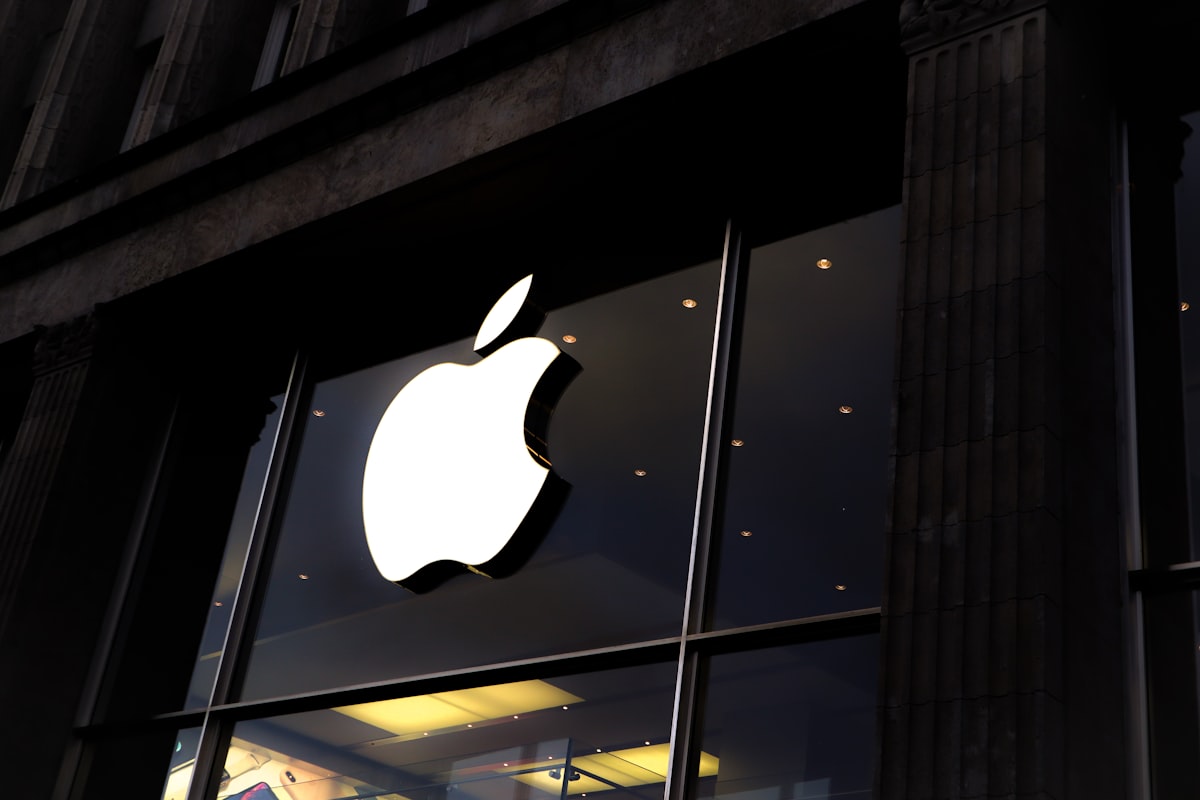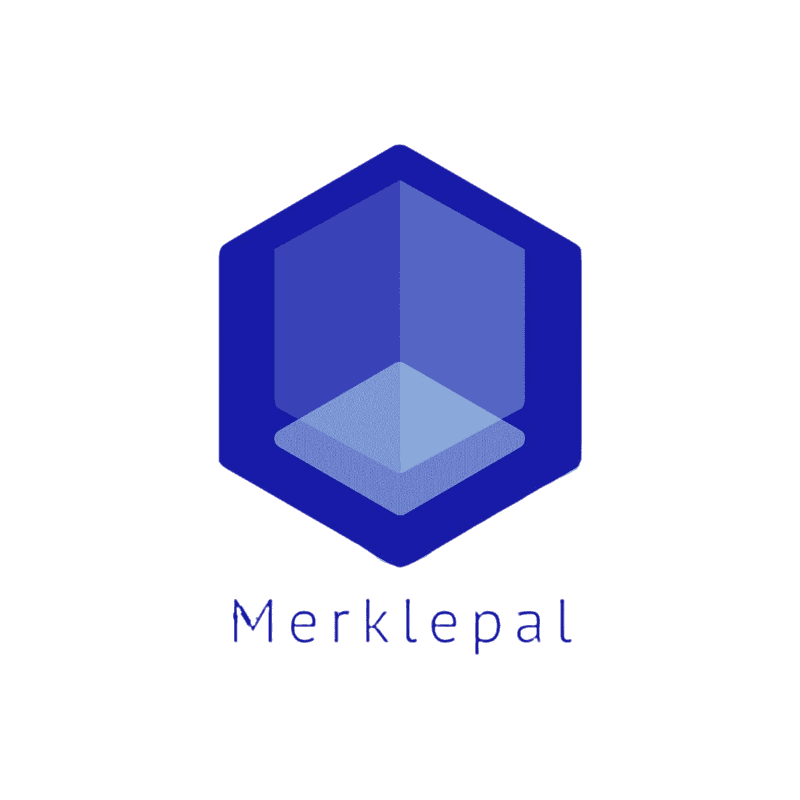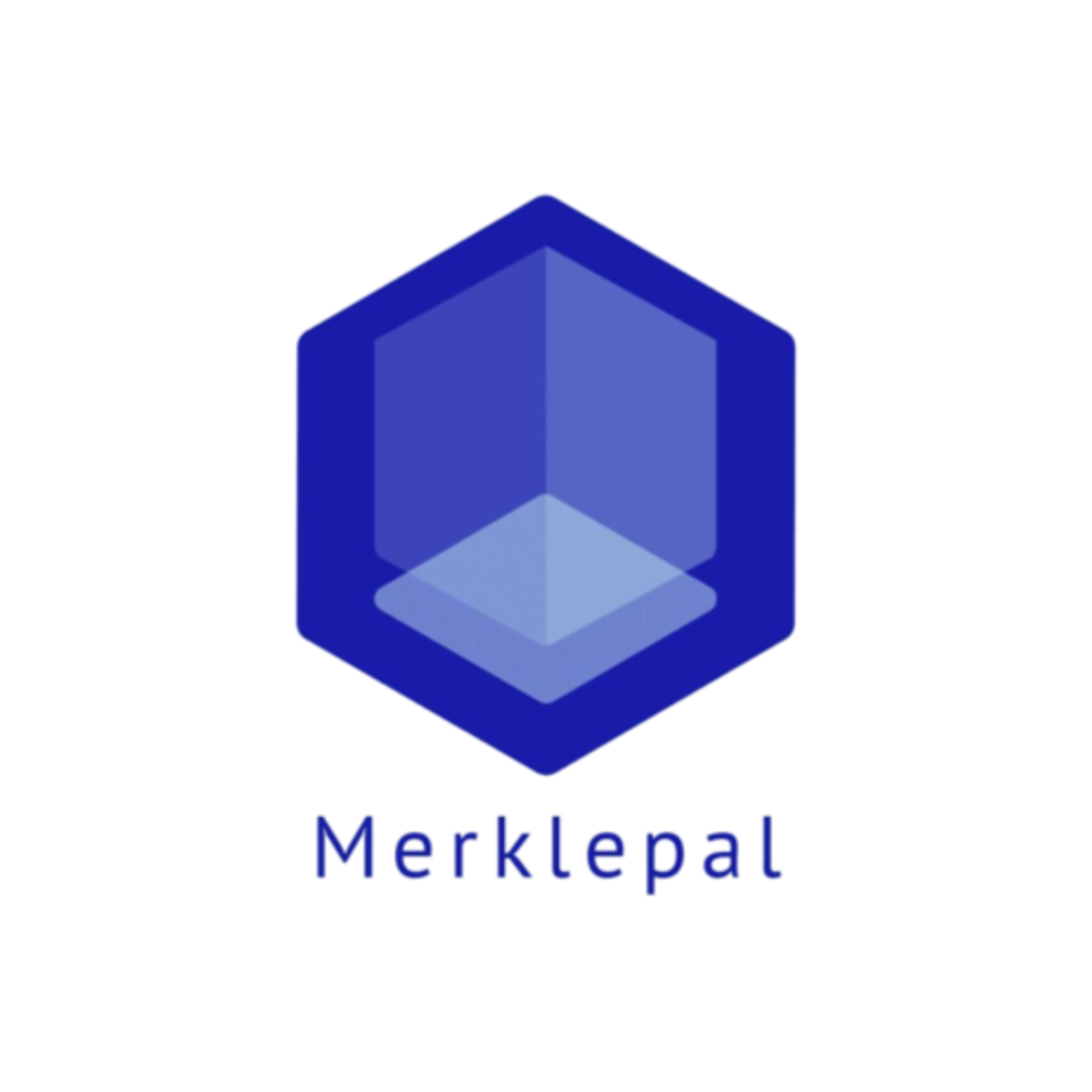Apple in Talks with News Publishers for AI Development Using News Archives
The integration of generative AI technology has become a significant investment focus for major tech companies.

In a recent move, Apple has initiated discussions with prominent news and publishing entities, expressing interest in acquiring permission to utilize their content for the advancement of generative artificial intelligence systems. According to a report from the New York Times on Friday, the tech giant is pursuing multiyear deals, proposing licensing agreements valued at a minimum of $50 million for access to news article archives.
The report, citing sources familiar with the discussions, highlighted that Apple has engaged in negotiations with various news organizations, including Condé Nast (the publisher of Vogue and the New Yorker), NBC News, and IAC (the owner of People, the Daily Beast, and Better Homes and Gardens).
The integration of generative AI technology has become a significant investment focus for major tech companies. Apple, known for its commitment to advancing technological capabilities, has been leveraging this technology to enhance fundamental functions within its latest range of devices.
In a separate development earlier in October, Apple unveiled new MacBook Pro and iMac computers equipped with three new chips designed to power these systems. Emphasizing the potential for artificial intelligence researchers, Apple highlighted that these chips would enable more extensive data storage in the computer's memory, freeing researchers from constraints often encountered during the creation of chatbots and other AI applications.
As Apple continues to explore collaborations with news publishers for AI development, the tech giant aims to harness the wealth of information stored in news archives to further enhance its generative AI systems, potentially bringing advancements in AI-driven features across its product lines.




